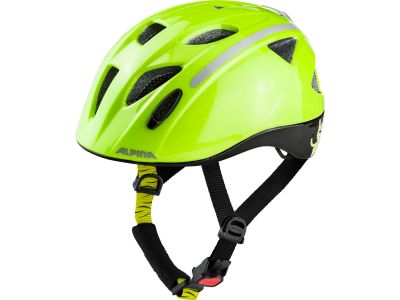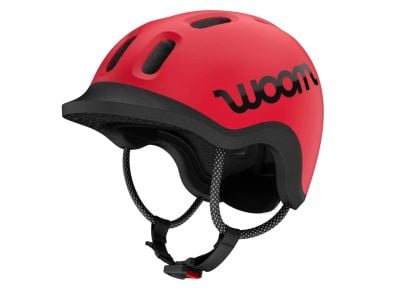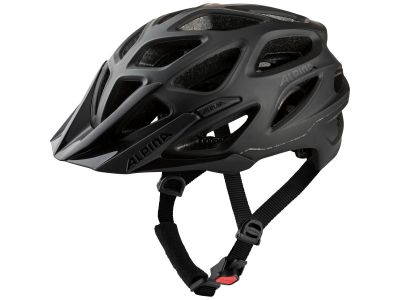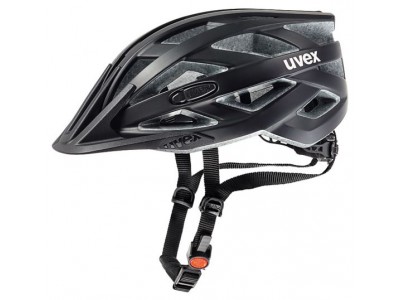XC (Cross-Country) cycling helmets are specially designed for riders who enjoy off-road adventures and long forest trails. These helmets provide a balance between lightweight construction, ventilation and advanced safety features.
What features should a quality XC helmet have?
Quality modern helmets for cross-country riders should have the following features:
- Light construction: One of the distinctive features of XC helmets is their light construction. These helmets are constructed using lightweight materials such as carbon fibre or high-quality polycarbonate, ensuring minimal weight on the rider's head. This lightweight construction helps reduce fatigue during long rides and allows for better handling in difficult terrain.
- Ventilation: Another key aspect of XC helmets is ventilation. These helmets feature advanced ventilation systems, including strategically placed vents and channels to promote airflow and keep riders cool during intense rides. Effective ventilation helps prevent overheating and ensures optimal comfort throughout the ride.
- Safety technologies: XC helmets are also equipped with the latest safety technologies. Many models are equipped with MIPS (Multi-directional Impact Protection System) technology, which helps reduce rotational forces during impacts. This additional layer of protection can significantly reduce the risk of head injury in the event of a crash or fall.
Are XC helmets suitable for all head shapes?
XC helmets usually come with adjustable fit systems that allow them to fit different head shapes. However, it's important to try different brands and models to find one that fits your head shape safely and comfortably. Some helmet manufacturers also offer helmets specifically designed for certain head shapes, so it's worth exploring these options if you have a particularly round or oval head shape.
Can I use the XC helmet for other types of riding?
Although XC helmets are primarily intended for off-road riding, they can also be used for other types of cycling, such as commuting or recreational road cycling. However, it is essential to note that cross-country helmets may have different features and ventilation systems compared to road helmets. If you do different types of riding, you may need to consider owning multiple helmets tailored to each specific discipline to achieve optimal performance and safety.
How often should you change your helmet?
It is generally recommended to replace a helmet every 3 to 5 years, or sooner if it has been used in a fall or shows signs of damage. The materials and protective properties of helmets can deteriorate over time, and regular use can also cause them to wear out. It is important to regularly check the helmet for cracks, dents or significant damage and replace it if necessary.
How to clean the helmet?
Most helmets have removable padding that can be hand washed with mild soap and water. The helmet shell can be gently wiped with a damp cloth. Do not use harsh chemicals or solvents as they can damage the helmet materials. Specific cleaning and maintenance recommendations for your helmet model can always be found in the manufacturer's instructions.
















































